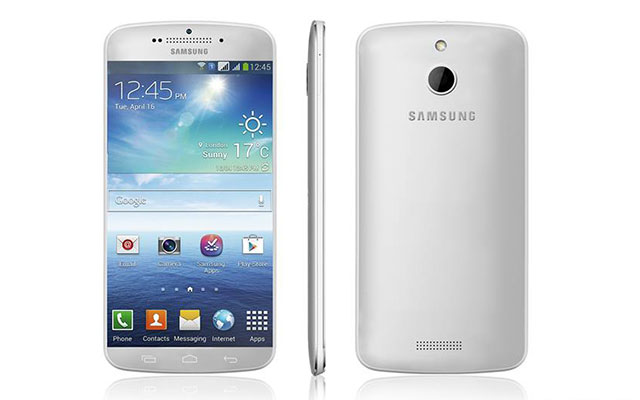 Although Samsung’s new Galaxy S5 smartphone is an evolutionary product, there is not enough in it to make people upgrade from the S4. It doesn’t push the envelope in any real way. Indeed, we are in a sort of stasis now when it comes to smartphone innovation.
Although Samsung’s new Galaxy S5 smartphone is an evolutionary product, there is not enough in it to make people upgrade from the S4. It doesn’t push the envelope in any real way. Indeed, we are in a sort of stasis now when it comes to smartphone innovation.
This is not to say that smartphone innovation is finished, but much of it is going to come from new sensors in the phone, from improvements in software and from how the phone interacts with the range of wearable devices.
The innovation will move away from hardware towards the kinds of services and platforms that are enabled on the phones. Services such as ordering taxis and mobile payments will add value on top of the smartphone platform. Location-based services will be key.
In the premium segment, Samsung’s scale and supply chain strength is less of an advantage than it was. The key to success in this segment is differentiation. As the market has matured, it has become less about features and more about design and brand.
As competitors such as HTC, Huawei and ZTE catch up quickly on design, brand differentiation is crucial. Samsung’s success at the top end comes down to a huge marketing budget and plenty of spending across the distribution channel.
Samsung is now completely unable to differentiate on the software side, with Google pushing for consistency in Android. Fully one quarter of Android handsets sold in China last year did not include Google services, and therefore were not as valuable to the company. As a result, it is trying to prevent fragmentation of Android, making it even harder for Samsung to differentiate itself.
At the low end of the market, margins are coming under growing pressure and price leadership has been difficult to maintain in emerging markets.
The bulk of Samsung’s business, despite the high profile of its Galaxy line, is in the middle to low end. This is where Samsung is losing share as other cheaper manufacturers build capacity and experience, and can utilise lower labour costs.
The bulk of future market growth will come at price points of under US$200, and these segments are simply less profitable than the high end. For Samsung, this means increasing pressure on margins.

In the long term, Samsung needs to ask itself where it is in the value chain. Profit will be captured at the data and application layer rather than at the hardware layer, which is where the company’s competitive advantage lies.
The proliferation of Internet-enabled devices will offer vast hardware opportunities for Samsung, especially with its expertise in refrigerators, washing machines and television sets. Samsung already has the largest portfolio of hardware, and it has a huge opportunity to connect these and really add value for the customer.
However, the company does not have the internal software and machine learning capabilities to provide best-in-class solutions in the post-mobile world.
- Lawrence Lundy is ICT consultant at Frost & Sullivan




